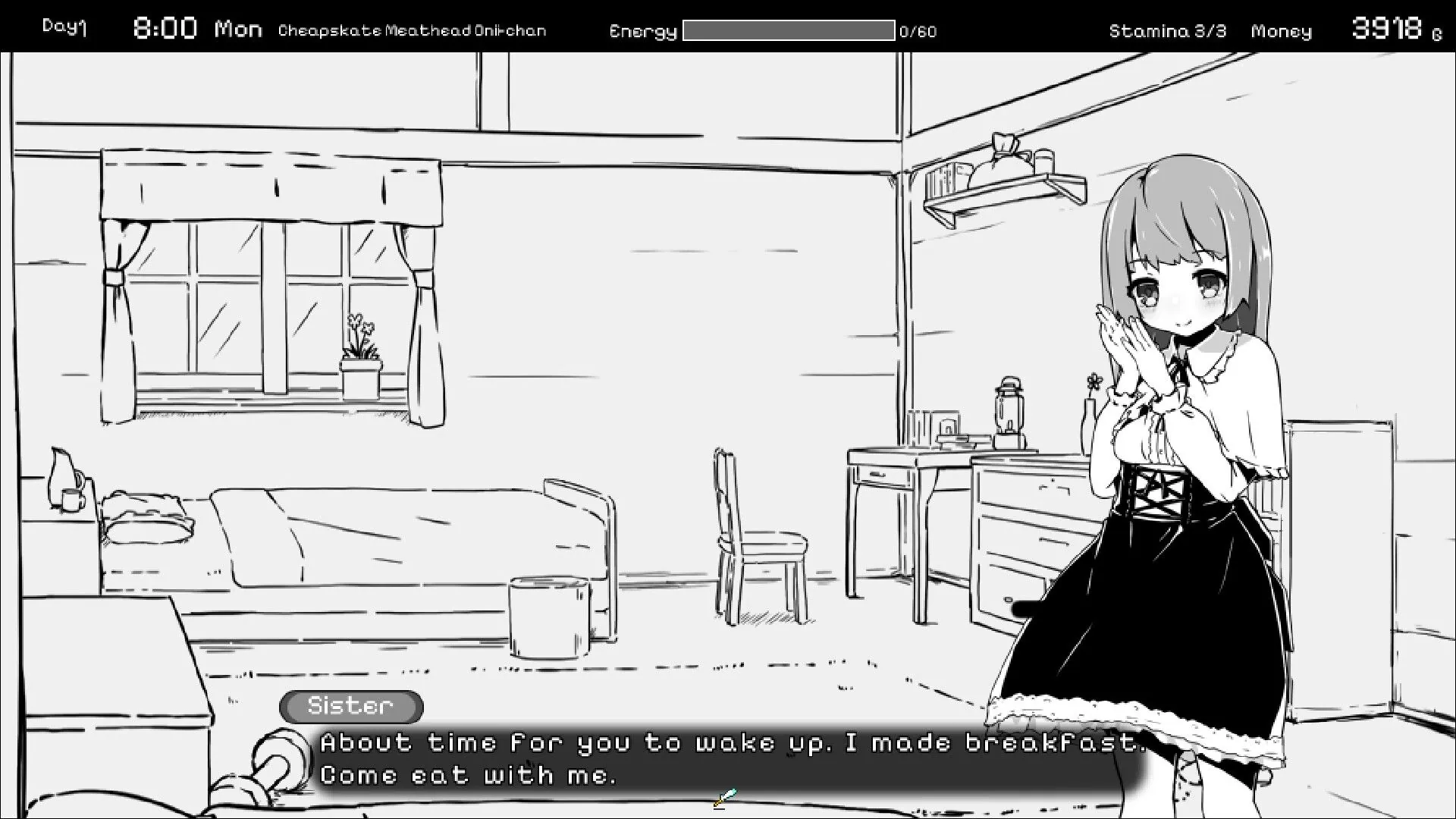
Play Thirty Days
Thirty Days review
Explore the mechanics, storyline, and player experience of the Thirty Days game
Thirty Days is a unique interactive game that combines engaging storytelling with immersive gameplay mechanics. This article delves into the core aspects of the Thirty Days game, highlighting its narrative structure, character development, and player interaction. Whether you’re a new player or looking to deepen your understanding, this guide offers practical insights and personal experiences to enhance your journey through Thirty Days.
Understanding the Gameplay and Mechanics of Thirty Days
Ever find yourself playing a game and thinking, “I’ve done this before”? 🤔 You follow a linear path, make the obvious good-guy choice, and watch the credits roll. It can feel a bit… predictable. That’s precisely why my first encounter with Thirty Days was such a breath of fresh air. This isn’t just another interactive story; it’s a 30-day countdown where every sunrise brings new consequences from the choices you made the day before. The core Thirty Days gameplay loop is a masterclass in cause and effect, making you feel the weight of every single decision.
### What Makes Thirty Days Unique? 🕰️
So, what sets this experience apart? For me, it’s the unrelenting passage of time. ⌛ Most narrative-driven games let you linger. You can explore every corner, talk to every NPC, and essentially put the main story on hold. Not here. The Thirty Days game mechanics are built around a real-time calendar. Each in-game day you play advances the clock, and you can’t go back. Miss an opportunity to help a character on Day 7? That door is closed forever, and the story adapts without them.
This creates a phenomenal sense of player decision making in Thirty Days. I remember on my first playthrough, I spent too much time in the first week trying to be everyone’s best friend. I was exhausting my character’s energy on trivial favors. By Day 10, when a major crisis hit the central hub, my character was too tired and socially stretched to mount an effective response. I failed spectacularly, and it was glorious. It taught me that this game isn’t about being perfect; it’s about managing your limited time and energy to fight for the outcomes you truly care about. This fusion of narrative gameplay in Thirty Days with survival-like resource management is its killer feature.
### Core Gameplay Elements Explained ⚙️
Let’s break down the engine that makes this clock tick. The Thirty Days gameplay rests on three core pillars that are deeply interconnected.
First, the Decision Matrix. Every choice you make, from what to say in a conversation to where to spend your evening, feeds into a hidden web of relationships, character stats, and world states. It’s not about simple “good vs. evil” meters. Your interactive game strategies must consider how an action will affect your stamina, your rapport with key factions, and even the overall morale of the community.
Second, the Relationship Web. Characters remember everything. If you consistently support one faction, their rivals will become cold or even hostile. I learned this the hard way when I needed information from a scholar I had previously ignored; she refused to even speak to me, altering my available path forward.
Third, the Progression & Resource System. You don’t gain traditional “experience points” to level up. Instead, you improve by successfully navigating challenges, which builds your confidence in related skills. Resources like “Social Capital,” “Personal Energy,” and “Influence” are your real currencies. Managing these is the key to overcoming the game’s many Thirty Days challenges.
To see how these elements interact, here’s a table comparing some key mechanics:
| Gameplay Element | Player Choice Example | Potential Consequence |
|---|---|---|
| Time Allocation | Spend the afternoon investigating a rumor vs. working a job for money. | Unlocks a new story branch but leaves you with fewer resources for upcoming expenses. |
| Dialogue & Alliance | Publicly side with the Town Guard during a dispute. | Increases trust with the Guard faction but decreases standing with the Rebel Underground. |
| Resource Management | Use your last bit of Personal Energy to help a friend instead of resting. | Strengthens your bond with that character but risks a stamina penalty the next day, affecting all actions. |
### Tips for Navigating Challenges in Thirty Days 🧭
The Thirty Days challenges are designed to test your prioritization and adaptability. You will fail. You will miss things. And that’s part of the fun! Here are some Thirty Days progression tips I’ve gathered from multiple playthroughs.
Don’t try to see everything in one run. Embrace the unique story that unfolds from your successes and failures.
My most valuable piece of advice is to specialize your playstyle. You cannot be a charismatic leader, a stealthy infiltrator, and a master craftsman in one 30-day period. Pick a lane. On my most successful run, I decided my character was a pragmatic mediator. I focused all my energy on boosting my “Diplomacy” and “Insight” stats, and I ignored side quests that required brute force or subterfuge. This focus allowed me to resolve conflicts that would have been impossible otherwise.
Here’s a personal case study of overcoming a difficult challenge: The “Blackout on Day 22” event. 💡
On Day 21, I was presented with two pressing issues: the local medic needed help gathering rare herbs, and the town’s engineer was worried about the aging power grid. I was low on energy and had to choose one. I chose the herbs, reasoning that immediate medical needs were more important. Big mistake. On Day 22, a storm hit and the power grid failed, plunging the town into a blackout. This created a cascade of problems: the clinic’s refrigeration units went down, ruining some of the medicine I had just helped secure, and community morale plummeted.
I was facing a game-over scenario. My interactive game strategies had to change immediately. I had to:
1. Use my previously built-up Influence with the town council to organize a quick response team.
2. Personally spend my last bits of Social Capital to calm a panicking merchant and secure his stock of candles and batteries.
3. Make the tough choice to sacrifice my character’s personal belongings (a valuable generator I was saving) for the public good to restore power to the clinic.
It was a brutal lesson in player decision making in Thirty Days. I learned that you must often address systemic, long-term threats (the power grid) even over immediate, sympathetic needs (the herbs). This experience completely reshaped my approach to the game and led to a much more resilient community by the final day.
Ultimately, the genius of Thirty Days is that its narrative gameplay is not a script you follow, but a world you inhabit for a short, intense period. Your journey will be messy, personal, and uniquely yours. By understanding its mechanics and learning from each stumble, you’ll find yourself completely absorbed in the relentless, beautiful struggle of its thirty-day timeline. 🗓️✨
Thirty Days offers a compelling blend of narrative depth and interactive gameplay that invites players to immerse themselves fully in its world. By understanding its unique mechanics and applying practical strategies, players can enjoy a richer and more rewarding experience. Whether you are new or returning, embracing the game’s challenges with the insights shared here will enhance your journey. Dive into Thirty Days and discover the engaging stories and choices that await.






















